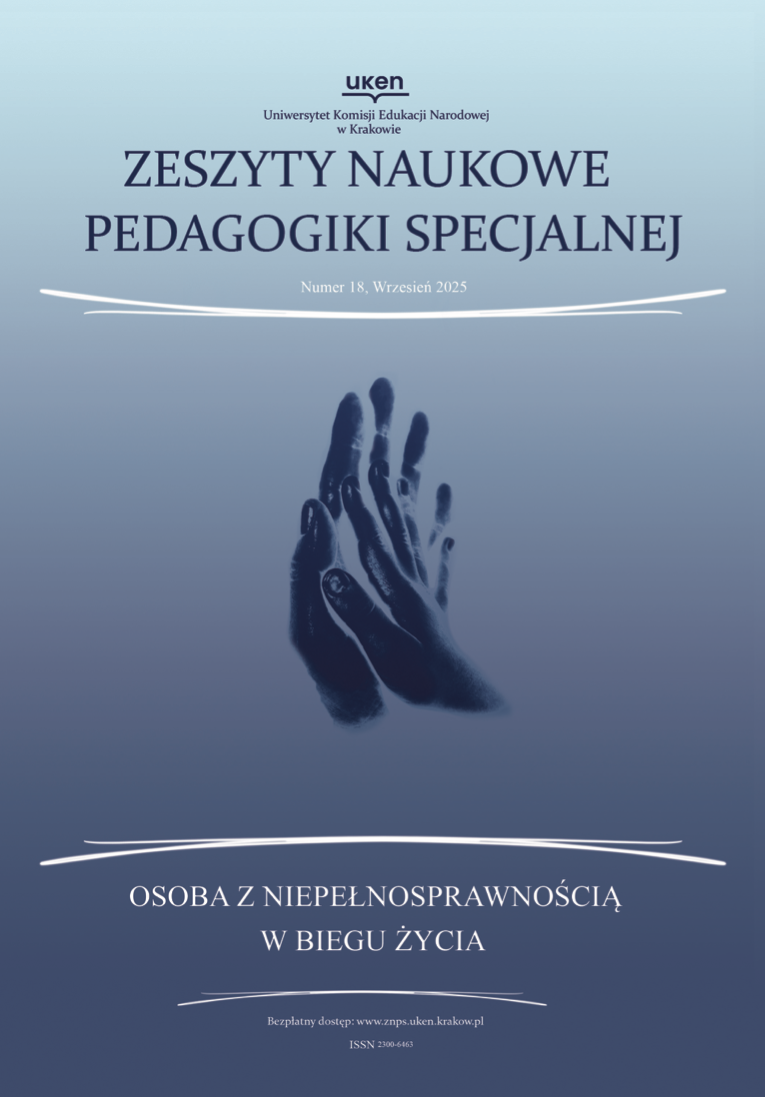Abstract
Music plays a crucial role in human development, influencing emotional, cognitive, and social functioning. It can be an effective therapeutic tool, particularly for children on the autism spectrum, who often experience challenges in communication and social interactions. This article examines the impact of music therapy on the development of autistic children and discusses various therapeutic methods, including the Mobile Music Recreation approach and E.E. Gordon’s music learning theory. The findings indicate that music affects the nervous system, reducing anxiety and tension, while also supporting language skills, motor coordination, and sensory integration. Special emphasis is placed on rhythm, which helps organize stimuli and provides structure to facilitate the therapeutic process. The article highlights that music therapy can serve as a valuable complement to other therapeutic approaches, enhancing the quality of life for children with autism spectrum disorder.
References
American Psychiatric Association, DSM-5 Task Force. (2013). Diagnostic and statistical manual of mental disorders: DSM-5™ (5th ed.). American Psychiatric Publishing, Inc. https://doi.org/10.1176/appi.books.9780890425596
Berger, D. S. (2023). Dzieciaki, muzyka i spektrum autyzmu. Jak wykorzystać terapeutyczną moc dźwięków. Kraków: Wydawnictwo Uniwersytetu Jagiellońskiego.
Berger, D., S. (2002). Music Therap, Sensory Integration and the Autistic Child. London: Jessica Kingsley Publishers.
Hanser, S. B. (1999). The New Music Therapist’s Handbook. Boston: Berklee Pressagement.
Jutrzyna, E. (2005). Terapie wspomagające rozwój osób z autyzmem. W: J.J. Błeszyński (red), Dziecko autystyczne w kręgu muzyki (s. 57-82). Kraków: Oficyna Wydawnicza Impuls.
Knapik-Szweda, S. (2016). Muzyczne zdolności dzieci autystycznych jako przejaw ekspresji ujawniającej się podczas procesu muzykoterapeutycznego – studium przypadku. Edukacja Elementarna w Teorii i Praktyce, 9(32/2), 51-70.
Minaczkiewicz, E.M. (2014). Muzyka i muzykowanie w pokonywaniu trudności komunikacyjnych i językowych u dzieci z diagnozą autyzmu. Logopedia Silesiana, 3, 192-209.
Robarts, J. (2009). Supporting the development of mindfulness and meaning: Clinical pathways in music therapy with a sexually abused child. W: S. Malloch, C. Trevarthen (red.), Communicative musicality: Exploring the basis of human companionship (s. 377–400). Oxford: Oxford University Press.
Sarapa, K.B., Katusić, A. (2011). Zastosowanie muzykoterapii u dzieci z autyzmem. Terapia przez Sztukę, 1(3), 12-17.
Seta, R., Seta, E. (2005). Terapie wspomagające rozwój osób z autyzmem. W: J.J. Błeszyński (red), Muzykoterapia w pracy z dzieckiem autystycznym (s. 83- 104). Kraków: Oficyna Wydawnicza Impuls.
Wigram, T., Elefant, C. (2009). Therapeutic dialogues in music: Nurturing musicality of communication in children with autistic spectrum disorder and Rett syndrome. Malloch, S., Trevarthen, C. (ed) Comunicative Musicality (p. 423-448). Oxford: Oxford University Press.
Zieja, E. (2016). Muzykoterapia w pracy z dzieckiem ze spektrum autyzmu. W: L. Kataryńczuk-Mania (red.), Dziecko/uczeń - edukacja artystyczna - terapia (s. 309-323). Zielona Góra – Skarbona: Stowarzyszenie Polskich Muzyków Kameralistów.

This work is licensed under a Creative Commons Attribution-ShareAlike 4.0 International License.
Copyright (c) 2025 Scientific Journal of Special Education


